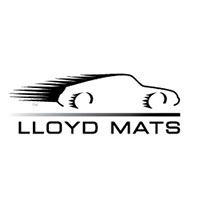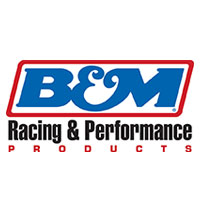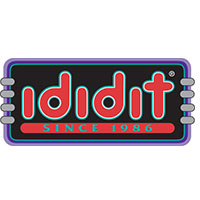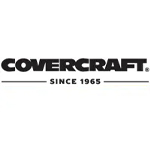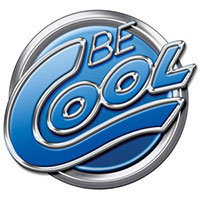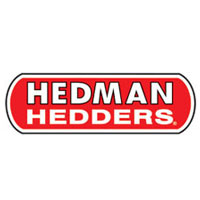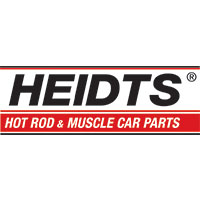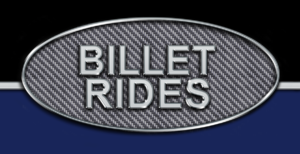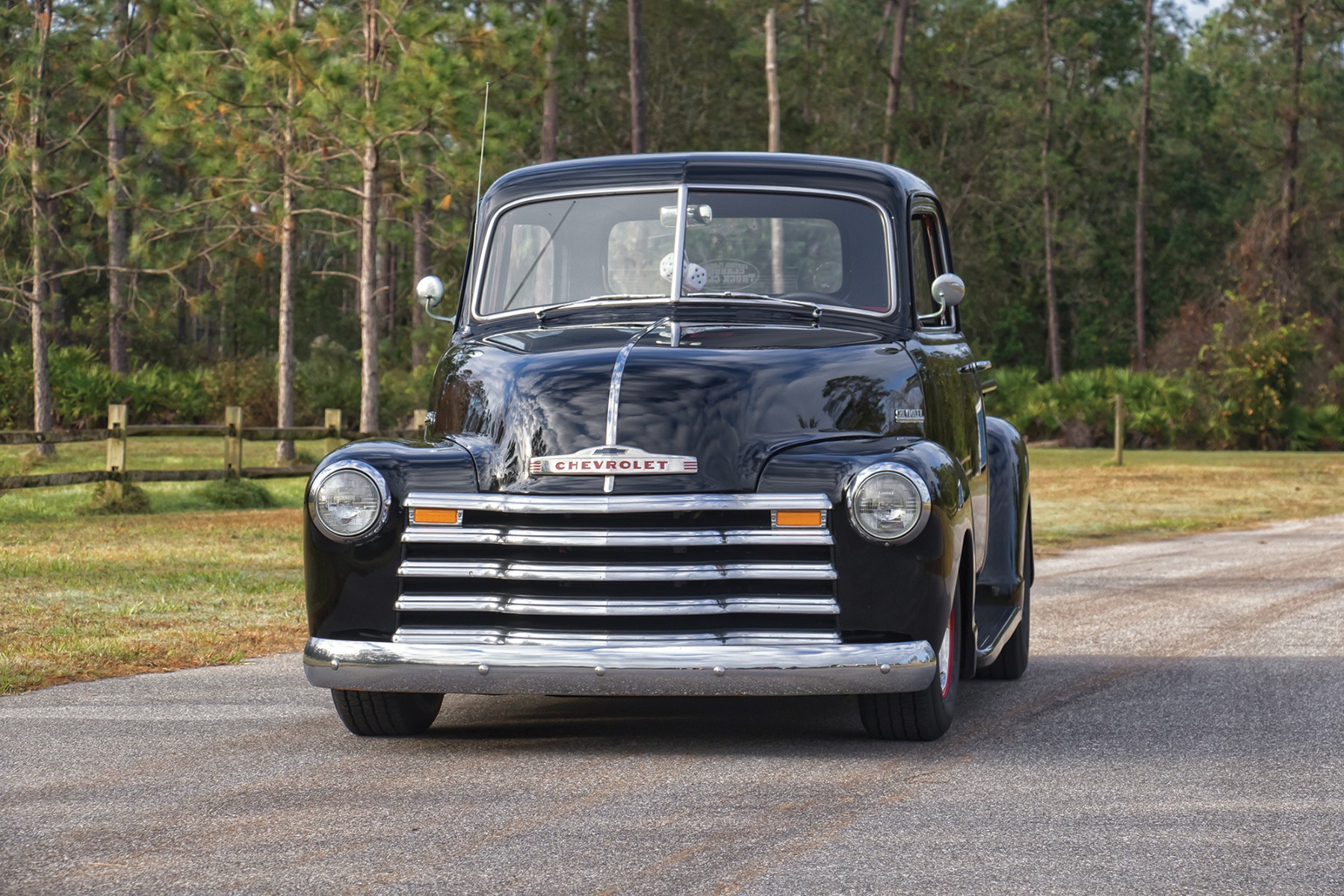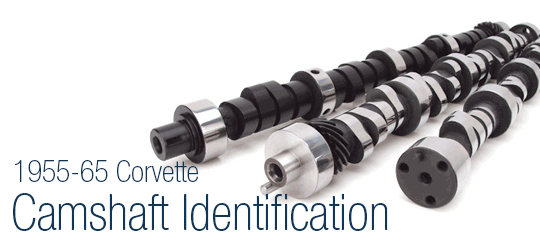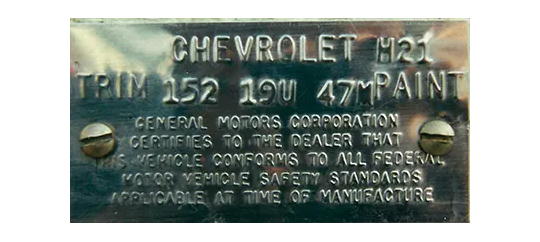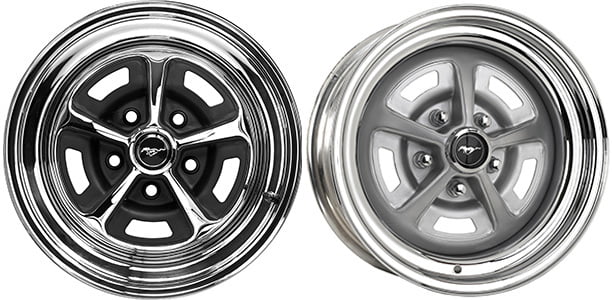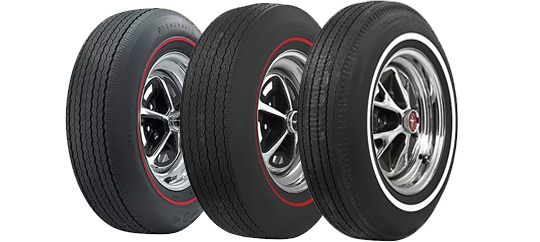Hard To Fathom
- Dec 18, 2014
Mark Hassett #17029371 • Ashtabula, Ohio
By Ray Lee • Photography By Pete Sommers
In these days of dazzling chrome wheels and flashy paint jobs, Mark Hassett’s Fathom Green 1969 Camaro doesn’t fit the bill. But a true Camaro aficionado will definitely sit up and take notice! This pristine sleeper gives no hint to its performance potential or its fascinating history. The casual observer would have a hard time believing this is one of the most powerful passenger cars ever built– and one of the rarest.

This special car is #35 of 50 and one of 10 Fathom Green 1969 Camaros produced for Fred Gibb Chevrolet of La Harpe, Illinois under a General Motors fleet ordering procedure known as a Central Office Production Order (COPO). A dealer would normally use a COPO to get special paint or equipment on commercial vehicles. Fred Gibb was much more creative than that.
Back in the day, GM had a corporate policy forbidding the production installation of an engine larger than 400 cubic inches in any non-Corvette passenger vehicle smaller than “full-size.” They also had a race-proven all-aluminum 427ci engine that was waiting to be unleashed. This engine, designated the ZL-1, had an advertised rating of 430 hp but it actually made something north of 500.
Fred Gibb used COPO #9560 to get the Chevy ZL-1 engine factory-installed in fifty 1969 Camaros. He had used the little-known procedure the year before to get Chevy Novas built for drag racing with competition Turbo 400 automatic transmissions. As a veteran drag racer himself, he needed at least that many Camaros made to qualify as a production vehicle with the National and American Hot Rod Association drag racing sanctioning bodies. With good friends in all the right places, Fred Gibb had his personal ZL-1 Camaro in time to race it at the AHRA season opener in Phoeniz, Arizona in January 1969. The car was campaigned successfully, winning the AHRA Pro Stock championship in 1971.

The ZL-1 Camaro package, besides the magnificent engine, had the new cold-air cowl-induction hood, heavy-duty cooling system, transistor ignition, extra-strength Posi-Traction 4.10:1 rear axle, F70x14 raised white letter tires, power front disc brakes, dual exhaust and either a Turbo 400 automatic or close-ratio Muncie 4-speed transmission (Mark Hassett’s ZL-1 has the Muncie transmission). The cars carried regular new-car warranties, were emissions-certified with AIR smog pumps attached and fully street-legal. Five exterior colors were offered: Hugger Orange, Fathom Green, Dusk Blue, LeMans Blue and Cortez Silver. The no-frills interior only came in basic black vinyl.
Fred Gibb wanted the ZL-1 Camaros to be “sleepers” so they could be used on the street as well as the dragstrip. The only emblems were the simple script word “Camaro” on the front fenders and a Chevy bowtie front and back. The assembly line workers even wrote “427” on the inside of the fenders so that no engine size emblems would be attached by mistake.
Though the Fred Gibb dealership had taken delivery of all 50 ZL-1 Camaros by March 1969, the cars were too expensive to sell. Fred maintained that he expected the cars to have a list price of $4,900. The ZL-1 engine alone cost $4,160 and that more than doubled the price of a base Camaro. There apparently weren’t many other avid drag racers out there willing to spend $7,300 for this Camaro. Performance car buyers could have a well-equipped Corvette for less money. Adjusted for inflation, that would be well over $50,000 today.
[envira-gallery id="1556"]
Fred, probably calling once again on his good friends in high places at GM for assistance, was fortunate in that the factory took back many of the cars and sent them to other dealers who thought they’d have better luck. Experiencing the same response, some dealers removed and sold the ZL-1 engines separately, added stripes or custom wheels and did just about anything to get rid of the unwanted cars. Fred Gibb Chevrolet didn’t even sell its last ZL-1 until 1972 and that was with a $1,000 rebate from Chevy. Hindsight being 20/20, who could have foreseen the collector car market of today?
 ZL-1 Camaro #35 sat around gathering dust at Sutliff Chevrolet in Harrisburg, Pennsylvania until it finally sold for the first time in September 1971. Mark Hassett is only the third owner. He had just bought a 1969 Yenko Camaro, which was another COPO production (but with an iron block 427), when he heard about a fabled ZL-1 for sale. Upon inspection, he made an offer and bought the rare treasure in 2000. His wife Ginnie, he says, convinced him to buy it.
ZL-1 Camaro #35 sat around gathering dust at Sutliff Chevrolet in Harrisburg, Pennsylvania until it finally sold for the first time in September 1971. Mark Hassett is only the third owner. He had just bought a 1969 Yenko Camaro, which was another COPO production (but with an iron block 427), when he heard about a fabled ZL-1 for sale. Upon inspection, he made an offer and bought the rare treasure in 2000. His wife Ginnie, he says, convinced him to buy it.
 Learning about its history, Mark says this ZL-1 was the first one restored in 1985. Soon after buying it, Mark had the car freshened-up a bit before he took it to the Camaro Nationals in Columbus, Ohio. Mark’s Camaro garnered a Gold Award from that show and later won a Gold Spinner award from the Great Car & Chevy Vette Fest in Chicago. Considering himself very lucky to own it, he intends to keep it maintained only as a show car and not run up any more than the 8,100 original miles already on the odometer.
Learning about its history, Mark says this ZL-1 was the first one restored in 1985. Soon after buying it, Mark had the car freshened-up a bit before he took it to the Camaro Nationals in Columbus, Ohio. Mark’s Camaro garnered a Gold Award from that show and later won a Gold Spinner award from the Great Car & Chevy Vette Fest in Chicago. Considering himself very lucky to own it, he intends to keep it maintained only as a show car and not run up any more than the 8,100 original miles already on the odometer.







